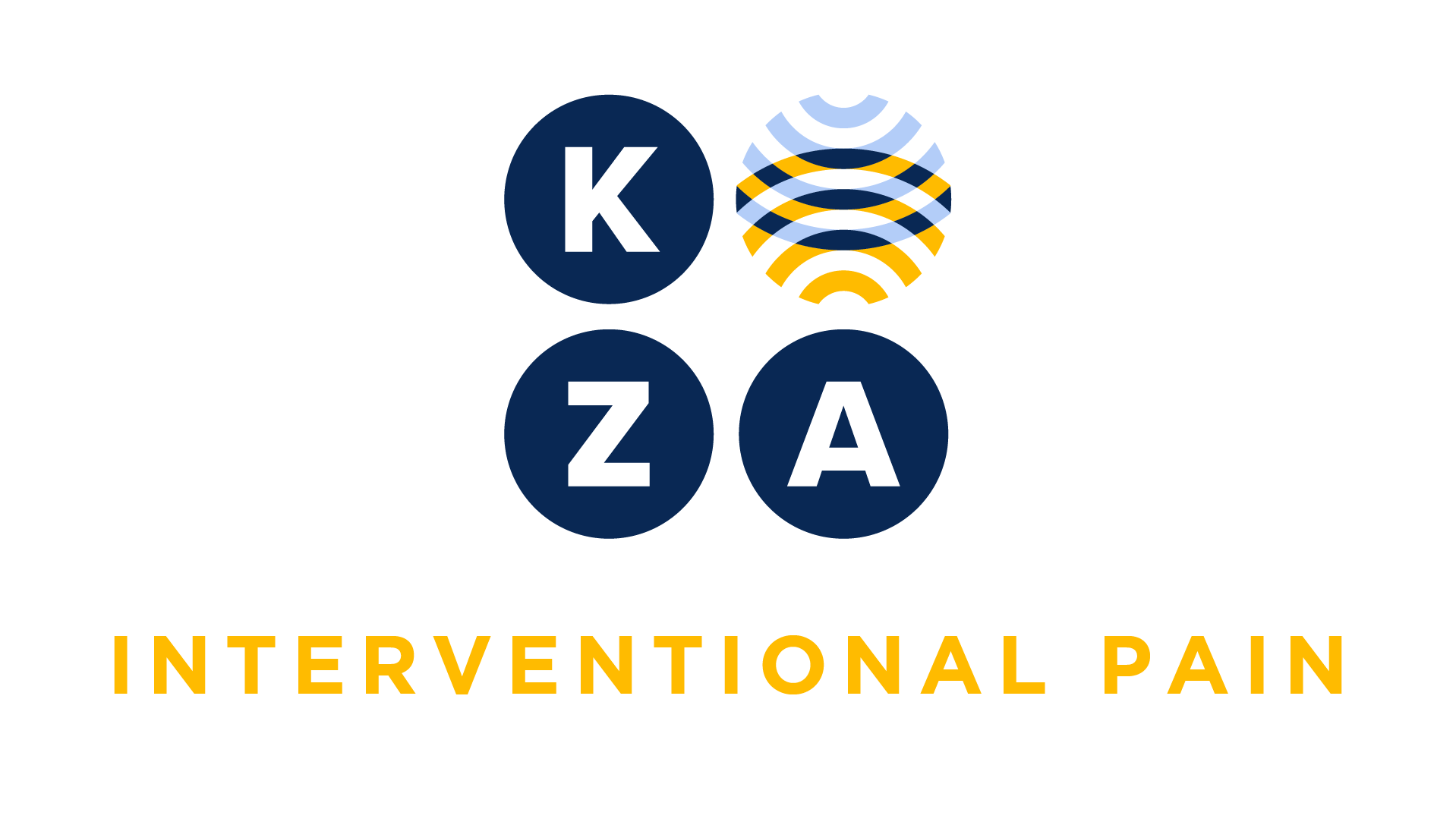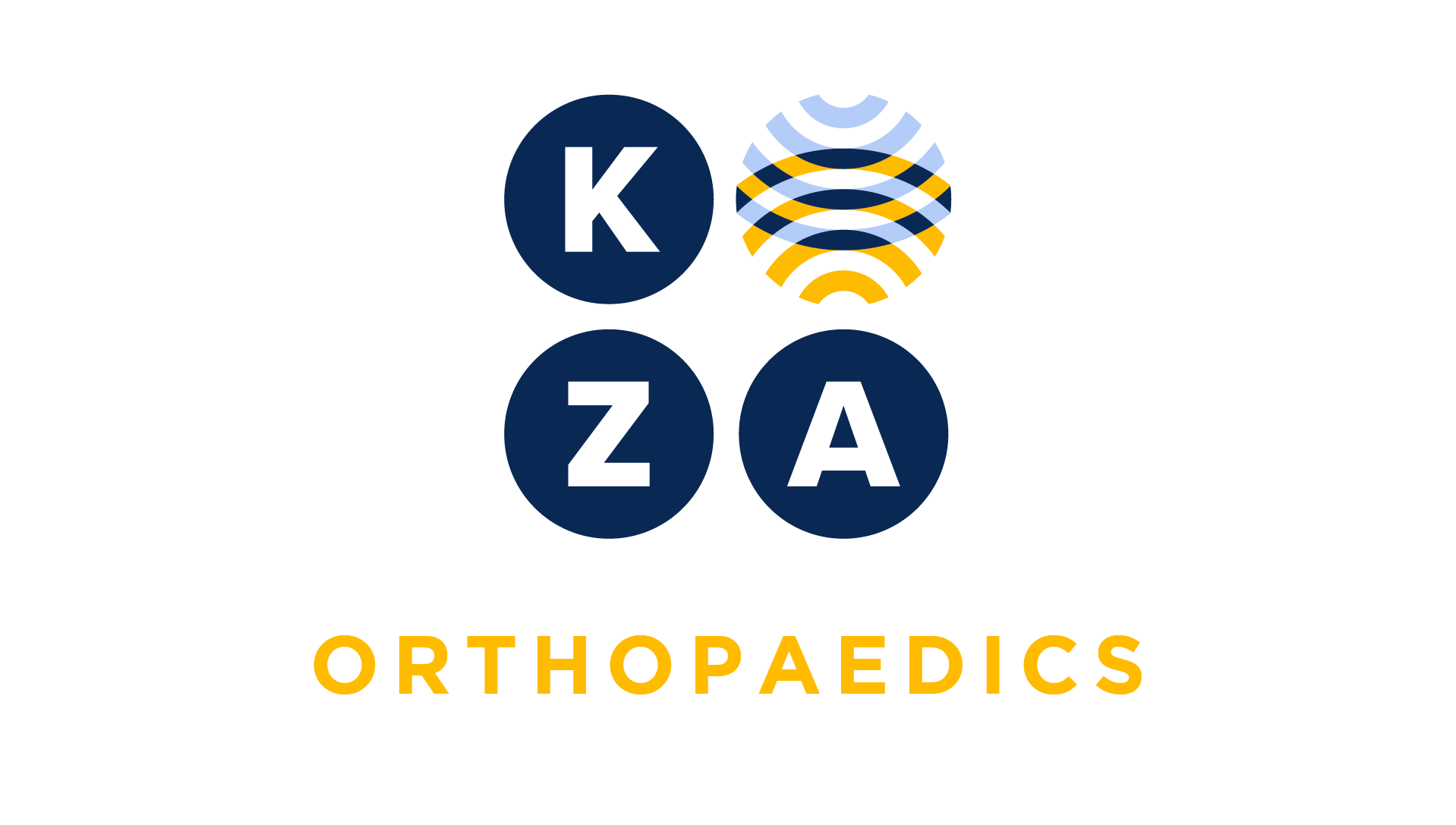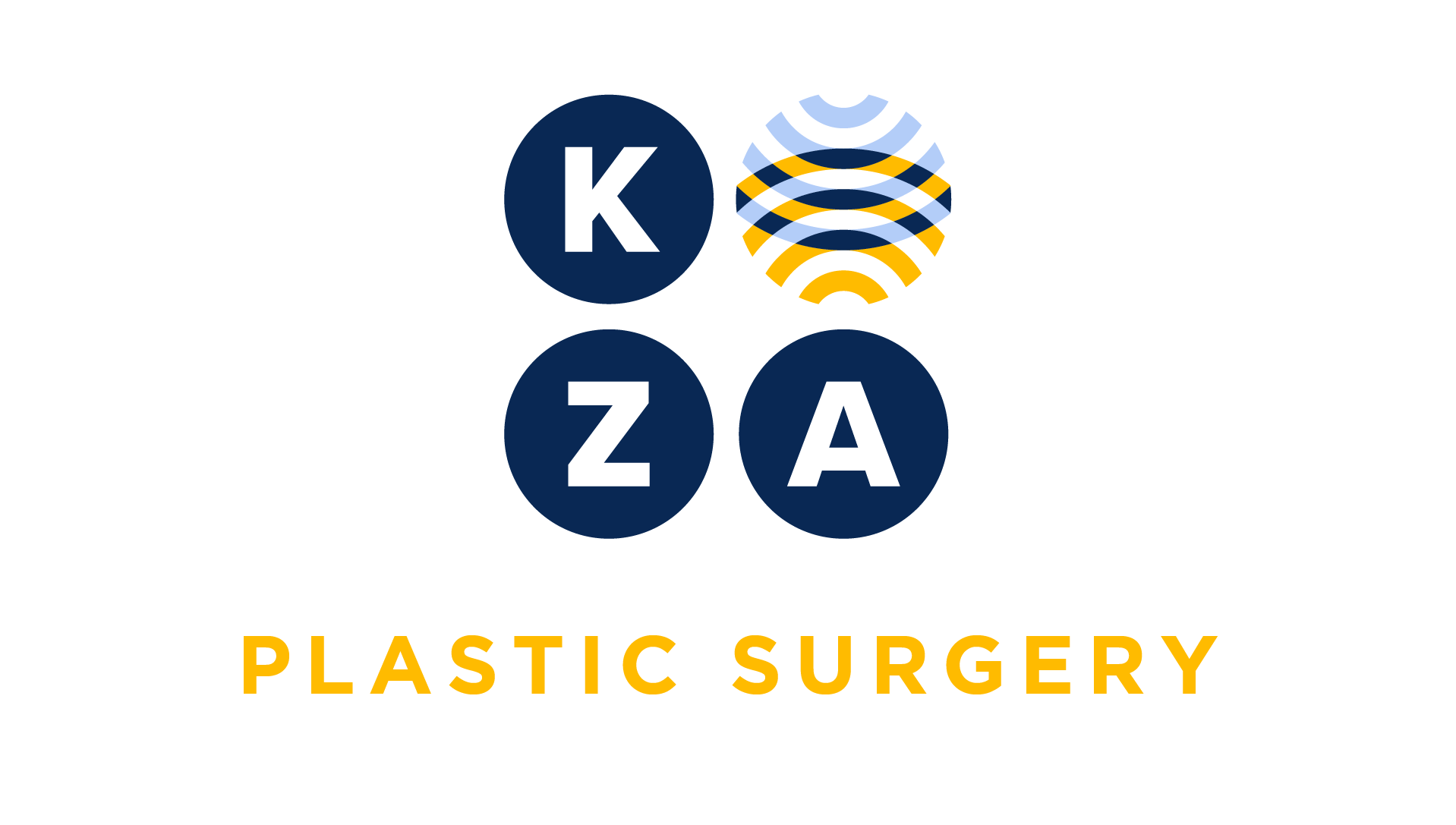
Choose your specialty from the list below to see how our experts have tackled a wide range of client questions.
Looking for something specific? Utilize our search feature by typing in a key word!
Steroid Injection
What CPT code would you use for “anesthetic and steroid injection of the left posterior superior iliac spine?
Question:
What CPT code would you use for “anesthetic and steroid injection of the left posterior superior iliac spine?
Answer:
You would report the injection with CPT code 20552.
*This response is based on the best information available as of 08/05/21.
“Elbow Injection”
Our sports medicine physician submitted an office note with documentation that he performed an “elbow injection.” We are new to orthopaedic coding and wondering if CPT code 20605 (he…
Question:
Our sports medicine physician submitted an office note with documentation that he performed an “elbow injection.” We are new to orthopaedic coding and wondering if CPT code 20605 (he did not use ultrasound guidance) is the correct code.
Answer:
Your question is not just because you’re new to orthopaedics; we hear this with some frequency and allows you a great opportunity to meet with the physician and review documentation requirements.
KZA is not able to state if CPT code 20605 (Arthrocentesis, aspiration and/or injection; intermediate joint or bursa (eg, temporomandibular, acromioclavicular, wrist, elbow or ankle, olecranon bursa)) is correct or not.
Let’s take a look at a few options and diagnosis code may play an important part in directing you to the correct code in addition to documentation of the exact location.
As noted, CPT code 20605 describes an injection in the joint or surrounding bursa, in this example, the elbow. This may be for a diagnosis of osteoarthritis, bursitis, joint pain, hemarthrosis or effusion if the elbow joint is aspirated of blood or fluid.
CPT code 20551 (Injection(s); single tendon origin/insertion) may be given to the origin site of the extensor carpi radialis brevis (ECRB) tendon for treatment of lateral epicondylitis as an example. The injection is not “in the joint or bursa” but is at the location of where the tendon originates.
CPT code 20550 (Injection(s); single tendon sheath, or ligament, aponeurosis (eg, plantar “fascia”)) differs from CPT code 20551 in that the injection is to the tendon “sheath” or ligament, not the tendon at the origin/insertion site. In the hand, this is commonly the code reported for trigger finger injections. However, in the elbow, the tendon sheath may be injected for epicondylitis, bursitis, tenosynovitis, as examples.
As you can see, automatically defaulting to CPT code 20605 may be incorrect. Work with the physician to understand the code descriptors to allow him to improve his documentation including the exact location and diagnosis.
*This response is based on the best information available as of 08/05/21.
Harvest of Graft for Repair of Nasal Vestibular Stenosis
We did a septoplasty and repair of nasal vestibular stenosis with spreader grafts using septal cartilage. We billed these codes: 30465, 30520 and 20912. Medicare does not bundle any
Question:
We did a septoplasty and repair of nasal vestibular stenosis with spreader grafts using septal cartilage. We billed these codes: 30465, 30520 and 20912. Medicare does not bundle any of these codes. So why did we not get paid on 20912? Should we have used modifier 59 or XS on 20912 to get paid?
Answer:
You were likely not paid on 20912 because harvesting of graft material obtained through the same surgical exposure/incision should not be separately reported. The septal cartilage graft was harvested when you did the septoplasty (30520) which is considered the same surgical exposure/incision. In other words, 20912 is included in 30520. Therefore, you should have only billed 30465 and 30520. Consider yourself lucky that you did not get paid on 20912 because that would have been considered an overpayment for unbundling of codes.
*This response is based on the best information available as of 07/22/21.
Failed Hardware Removal
Our surgeon attempted to remove deep hardware in the operating room but was unable after multiple attempts. No other surgical procedures were performed. Are we able to bill anything…
Question:
Our surgeon attempted to remove deep hardware in the operating room but was unable after multiple attempts. No other surgical procedures were performed. Are we able to bill anything for the attempted surgery?
Answer:
Yes, you may. Your scenario indicates “deep hardware” indicating CPT code 20680 (Removal of implant; deep (eg, buried wire, pin, screw, metal band, nail, rod or plate) is the correct code. Append modifier 52, reduced service modifier to CPT code 20680 to indicate the service was attempted but not achieved.
*This response is based on the best information available as of 07/22/21.
Use of Cadaver Cartilage
We have a patient that needs a major revision rhinoplasty requiring cadaver cartilage. There is no remaining local cartilage that can be utilized in this case and my surgeon has opted…
Question:
We have a patient that needs a major revision rhinoplasty requiring cadaver cartilage. There is no remaining local cartilage that can be utilized in this case and my surgeon has opted to use cadaver instead of rib cartilage. I know local grafts are not separately reportable, but is there a way to bill for cadaver cartilage?
Answer:
Unfortunately, no. The concept is that surgical CPT codes represent physician work. There is negligible physician work in using pre-fabricated cadaver cartilage so that is why a CPT code does not exist.
*This response is based on the best information available as of 07/08/21.
Adjacent Tissue Transfer
A few years ago I was at your plastic surgery coding workshop in Chicago – you were great, Kim! I remember discussing the adjacent tissue transfer or rearrangement codes and you said…
Question:
A few years ago I was at your plastic surgery coding workshop in Chicago – you were great, Kim! I remember discussing the adjacent tissue transfer or rearrangement codes and you said we need a size dimension to code for CPT 14040 or 14041 or any of the ATT codes. Do you have a specific guideline or a resource that I can find to support this? As always thank you so much for your guidance.
Answer:
Thank you for your kind words! Sure – just look in the CPT book in the Guidelines for the Adjacent Tissue Transfer or Rearrangement codes. The last paragraph defines the terms primary and secondary defects. The CPT codes themselves are defined by square centimeters – this is the total sq cm of each defect (primary and secondary). When you use a CPT code that has a dimension in the description, such as sq cm or linear cm, then that dimension must be documented to support the billed code. It is very important for you to document the primary defect dimension and secondary defect dimensions separately. These two dimensions are added together to “equal” the CPT code.
*This response is based on the best information available as of 06/24/21.
Do you have a Coding Question you would like answered in a future Coding Coach?
If you have an urgent coding question, don't hesitate to get in touch with us here.



